Crossing the border into Bolivia went smoothly, but they charged us 160 US Dollars a person to visit their country because we are US citizens, our European friends entered for free. We drove on to Copacabana, yes – this is the original Copacabana we were told. The one in Brasil is named after this town. Downtown was buzzing with international backpackers (young and old) and vacationers from La Paz. We camped at lake Titicaca in front of the gate to a hostel, at the edge of town. Every morning I watched two women row out their wooden boat and come back with buckets of trout, they fished with gillnets, wearing their skirts and shawls and all. Then they wrapped their shawls around the bucket, heaved them on their backs and walked past our camper to the market. (The trout is an introduced species from the northern hemisphere and is endangering the survival of several native species in the lake.)
The town has two highlights, the Basilica the Nuestra Senora de Copacabana and the Franciscan padre that will bless your car. The cathedral is really beautiful and should not be missed. On the way out you might see the padre blessing that are decorated with flowers and banners. For a small donation he will bless your camper too.

Copacabana
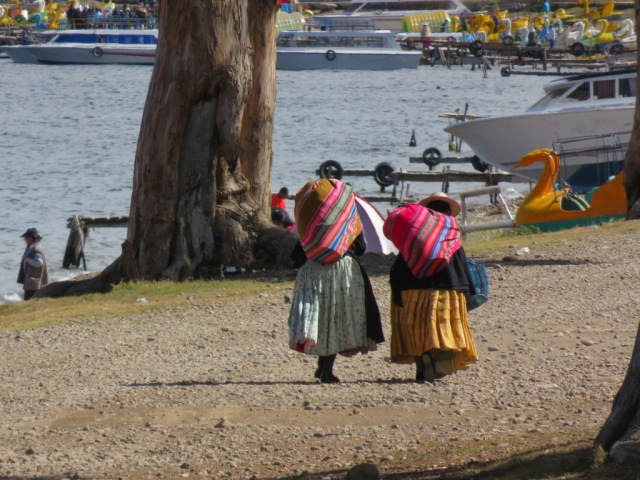
Fishing women bringing their catch to market.
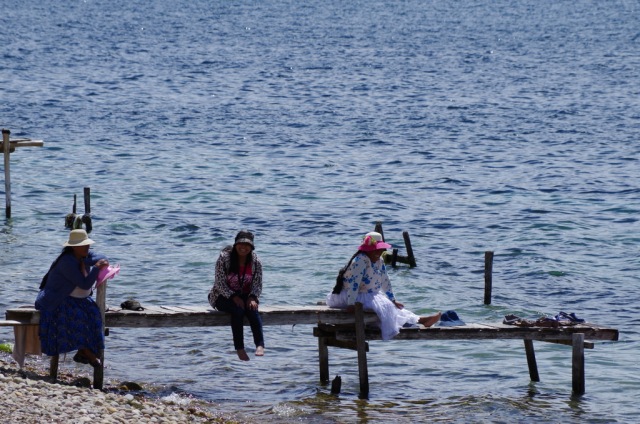
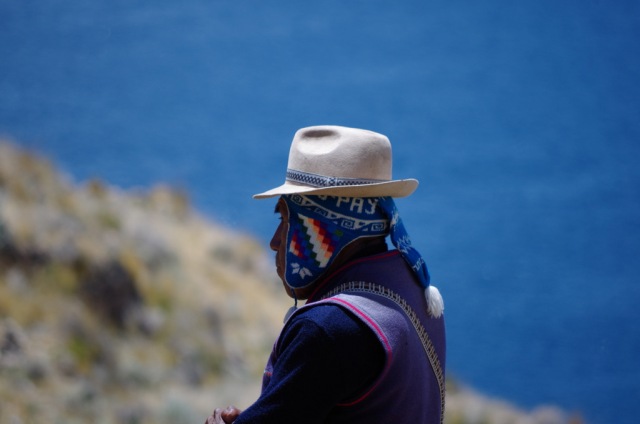
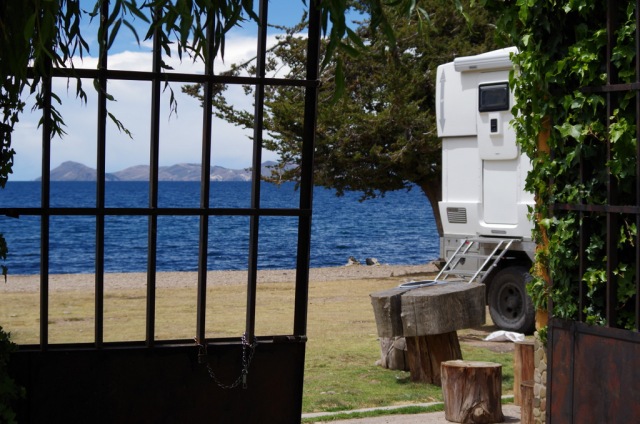
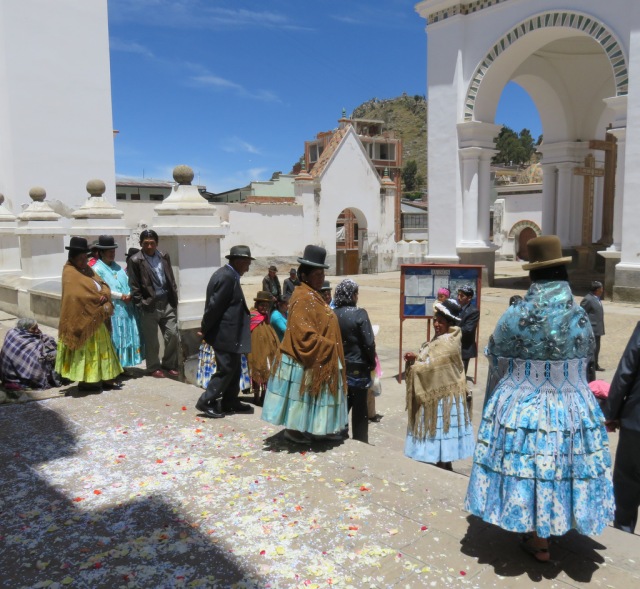
Leaving church after the mass

Nice hair extensions Bolivia style.
We planned to meet up with our overlander friends Lise and Laurent from Elsass/New Caledonia and Sabine and Andy from Switzerland to celebrate Christmas, visit the salt flats and drive through the Laguna road together. Our original plan to celebrate Christmas in the historic town of Sucre was changed quickly when we had another flat tire shortly after we got off the ferry that took us across lake Titicaca, from the peninsula to the mainland. We really did not want to drive all those unpaved and rough roads in the Bolivian Altiplano to Chile with four bad tires and one badly patched spare. So off we went to La Paz in search for tires yet again. And yes: We found them!
We camped a nice quiet camp ground near the city called “Colibri camping”. It is perched on a sand stone cliff with great views of a valley below. Our Land Cruiser friends showed up and as a bonus Petra and Anders on their motorcycles roared in too.
Everybody contributed a dish or two to the Christmas dinner and it turned into a feast.
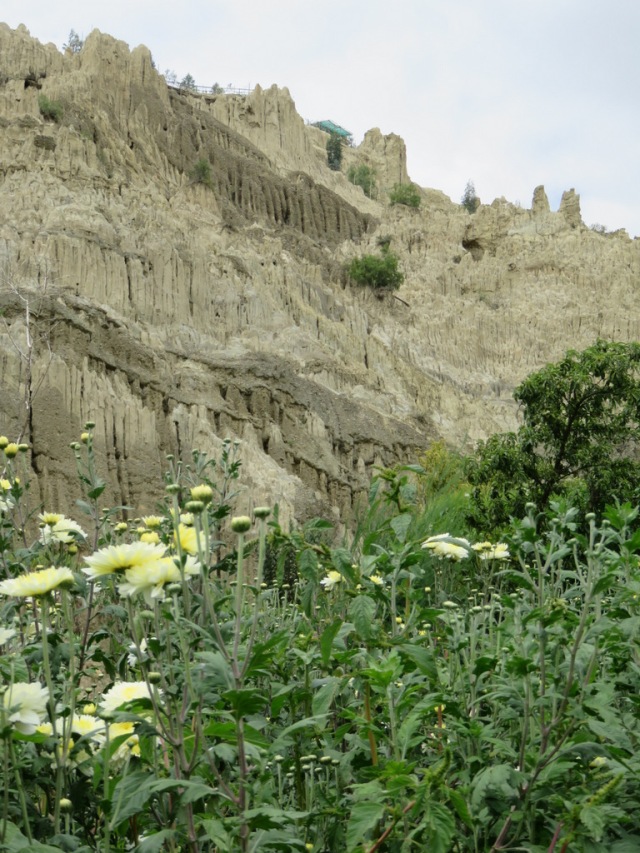
Up there is the campground
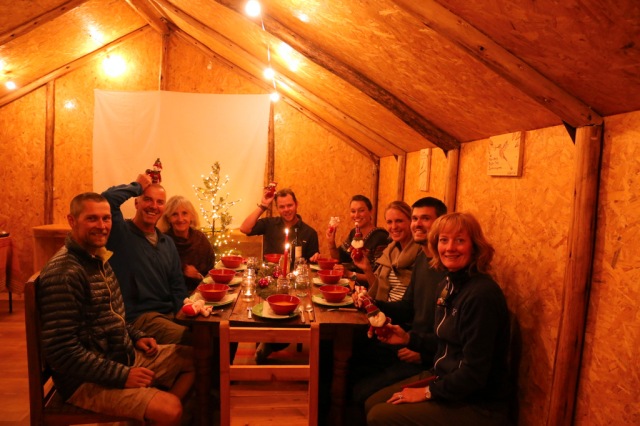
Christmas eve in Bolivia
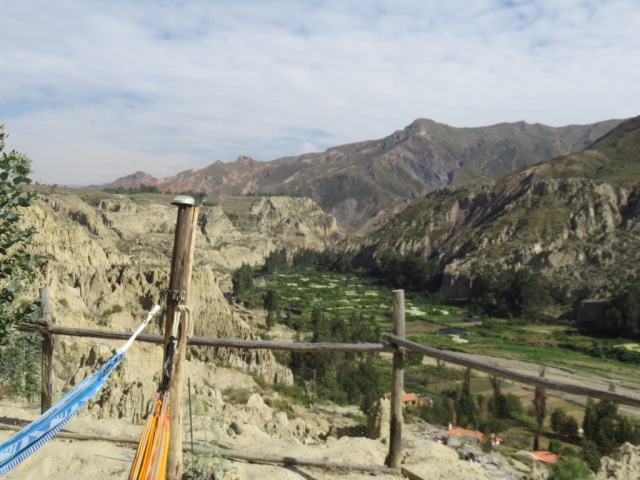
Colibri Camping
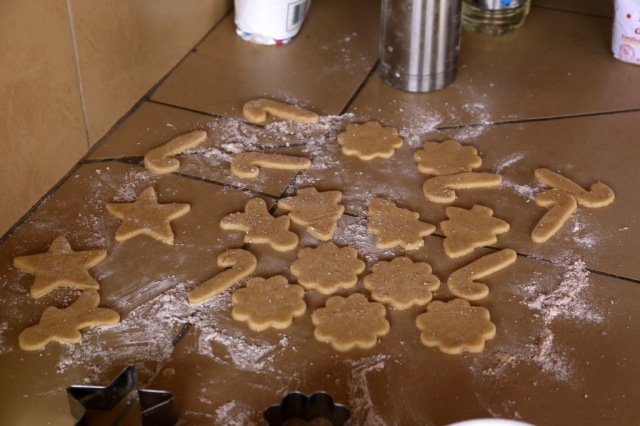
Lises Christmas cookies.

Sabines muffins and mango mousse
Our plan was to drive to Sajama National Park, then cross into Chile near Putre, drive south on the Chilean side and then cross back into Bolivia to visit Salar Uyuni, the world’s largest salt flat at 10,582 square kilometers (4,086 sq mi). When we arrived at Sajama National Park the weather did not look very inviting and the park fee had quintupled since October, so we camped in the Pampa near the border and crossed into Chile the next day.
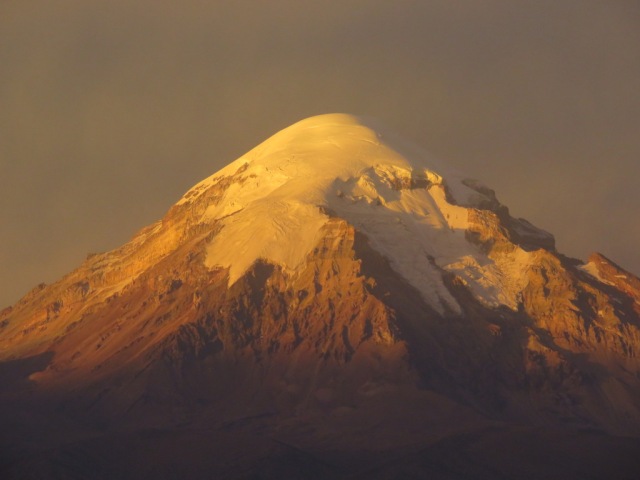
Mt Sajama

Another great morning
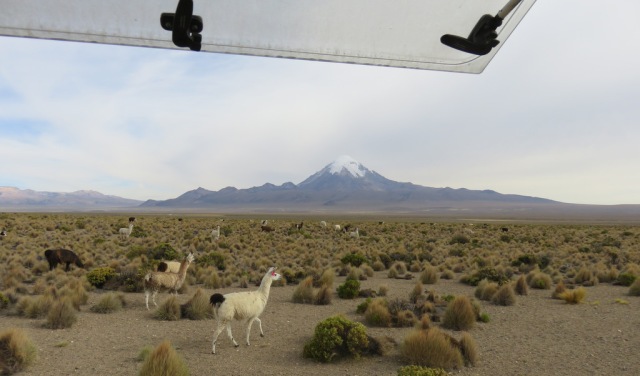
Bolivia, Chile and Argentina have strict rules about bringing fruits, vegetables, plants and sometimes meat into their country. So we always have to make sure we do not have any of these items along or else they get confiscated. So you come into Chile without much fresh food and then there are no stores anywhere for many miles. In Putre we found some blackish bananas, apples and a cucumber and then we set off, drove south through beautiful desert and mountain scenery. We stopped at different hot springs for the night and went for walks along salt lakes and watched vicuña and flamingos.
Back on the Bolivian side the three of us decided to take the shortest route to the north entrance of the salar. Like it happens now and then, the road in the map is not always a road in reality. So the six of us (two Land Cruisers and one XP) took the road less traveled and after crossing a waterway and some dry riverbeds finally ended up in sand dunes and the road was gone. On the way there we passed through a huge area of curiously round houses, hundreds of them, with fields dotted with sheep and llamas. We were in Chipaya land. As we were debating what to do next, a man in a grey poncho showed up on a bicycle, he was a Chipaya. He was very friendly and had a great smile. Anthropologists believe that the Chipaya are direct descendants of the Uru ethnic group, which populated the Altiplano thousands of years before the Aymara and after that the Incas came here. The Chipaya seldom get visitors, overlanders lost in the pampa are an exception 🙂 They live in and around the small town of Santa Ana de Chipaya, on the pampas that fringe the Coipasa salt desert, a smaller version of the Salar de Uyuni. Neither their language nor their customs have changed for millennia and they are different from the Quechua and Aymara ethnic groups that dominate the Altiplano today.
The man was very friendly and kept on talking to us, he was hard to understand but we figured out that he tried to tell us that we could not continue on. Sadly, we had to turned around. We drove back and on to Oruro, it was not however a wasted day because we got to see what few people see. (A few weeks later we talked to a nice man near Laguna Verde, he told us that the Chipaya do not like visitors and will throw rocks if you try to take pictures. No wonder the road is gone 🙂
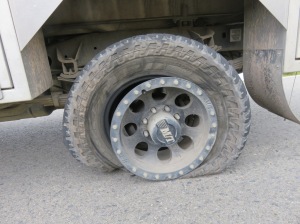
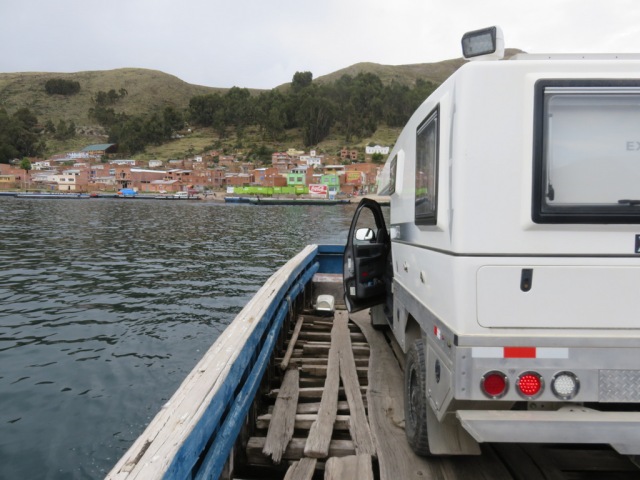
on the Ferry
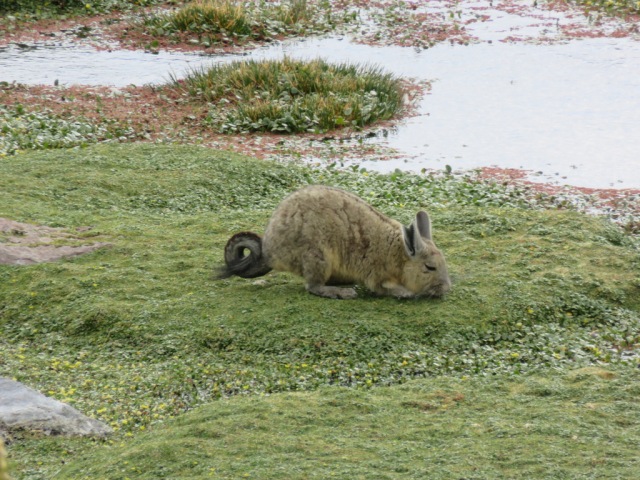
NO it’s not a rabbit, it is a viscacha (chinchilla)

Andean geese

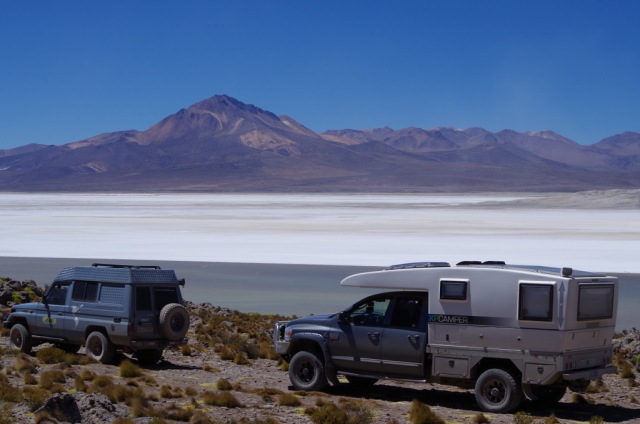
Salt flats in Chile
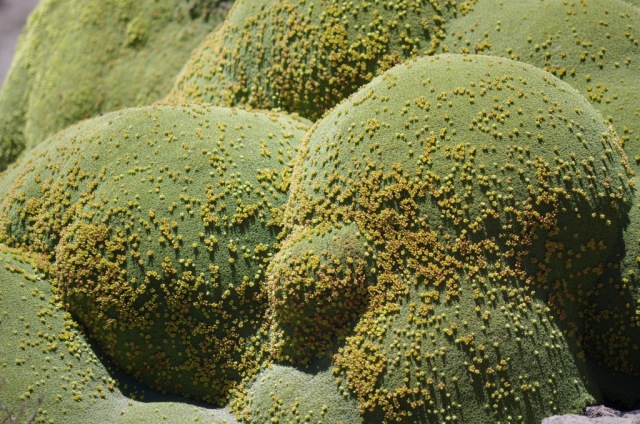
Blooming yareta! It is not moss, it is a tight bush. A high-altitude plant which can live up to 3,000 years.

Rhea
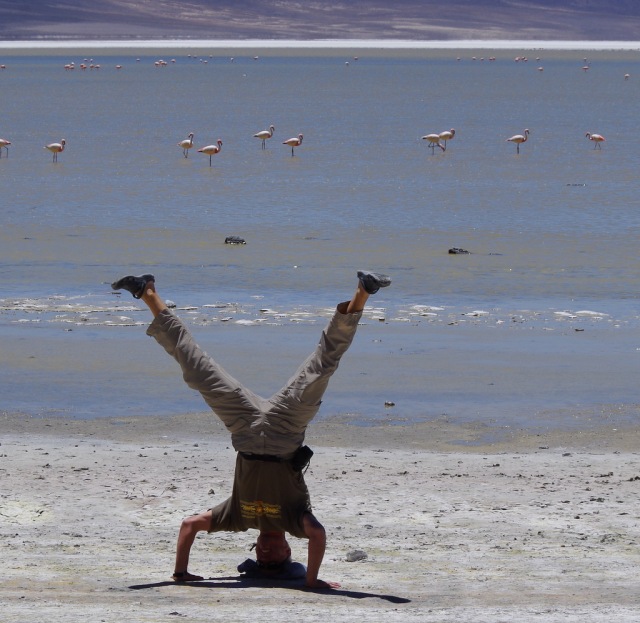
Upsidedown Oberstdorfian

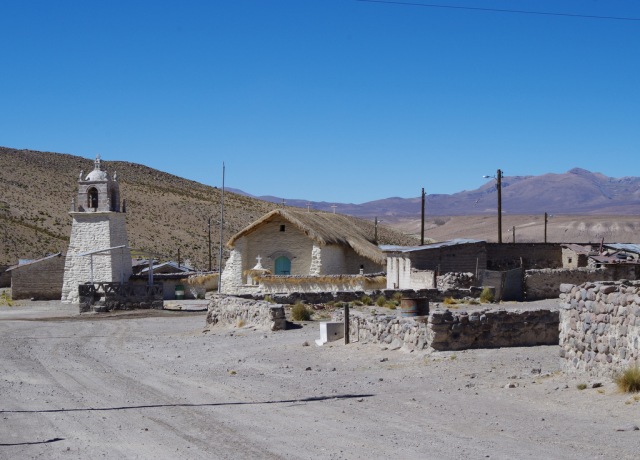
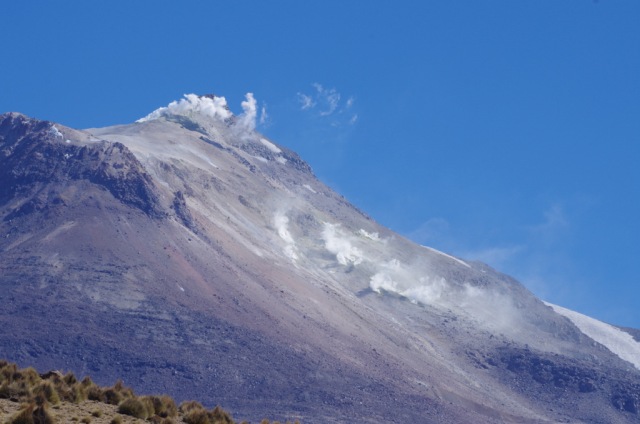
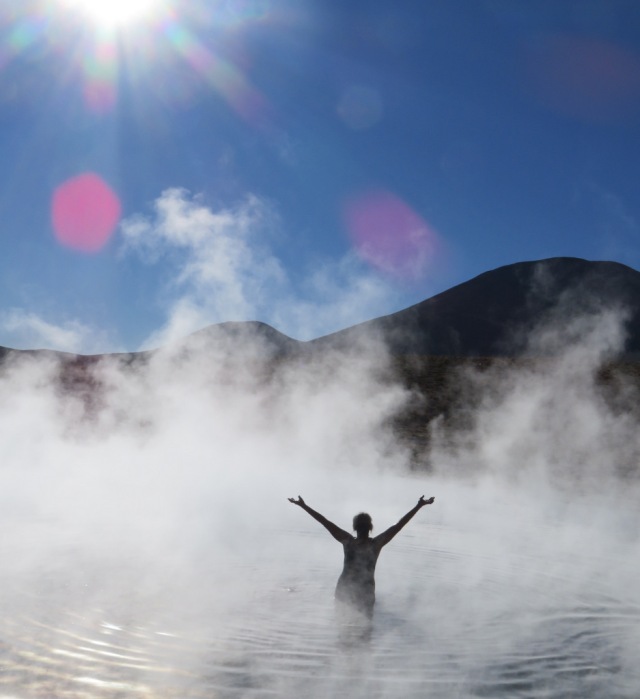
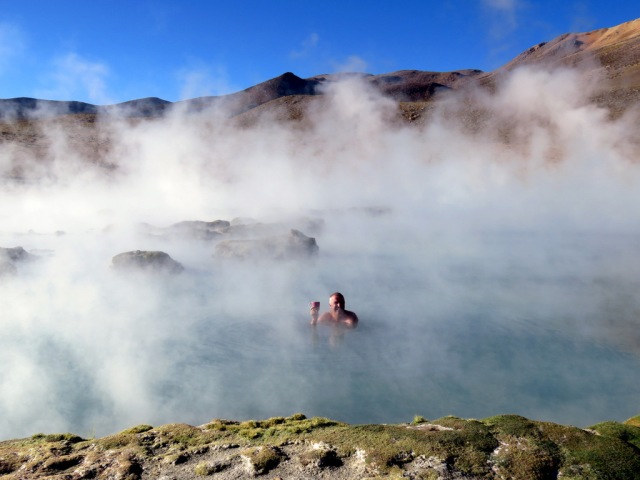

Günter climbed up the mountain and took this picture of us (three campers) camping by the hot springs

View of the road and the hot springs at the edge of the lake
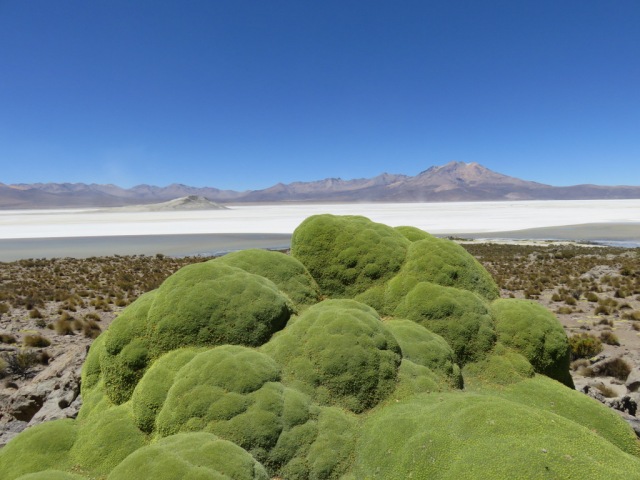
Yareta bush

Vicunas on the salt flats


What an amazing adventure!
Sounds like you met a friendly Chipaya. Pity you never got to Sucre. It really is a charming old colonial town.
LikeLike
Yes he was friendly, the rest of them viewed us from a distance. I think you just have to approach them without a camera in hand.
LikeLike
You’re getting further and further off the beaten path! Long lost civilizations, mythical creatures…I wonder if you’ll come to Oz soon. You could ask for new tires! Happy travels!
LikeLike
OZ came and went and we have new tires 🙂
LikeLike
Toll !!
LikeLike